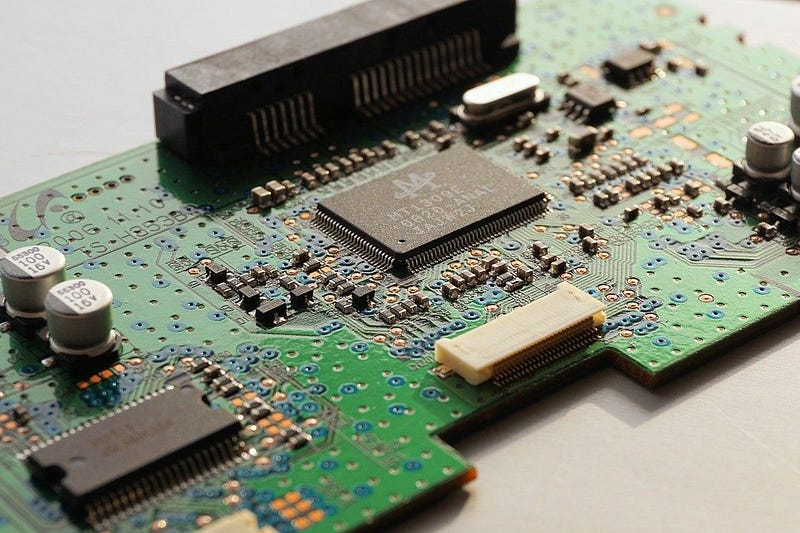C. elegans: One small step for connectomes, one giant leap for artificial intelligence
By Spurti Vemuri, Behavioral Neuroscience, 2021

Since the advent of computers, and the consequential fascination of “networks” within the sciences, researchers all over the world have embarked on the Race to the Connectome. The “Connectome” is a comprehensive map of an organism’s nervous system, including all the individual neurons and neuronal circuits that it is composed of. Although the Human Connectome Project — which is funded by the National Institutes of Health — is far from being able to reconstruct the entire human brain, some animal models of connectomes have successfully been built from well-studied organisms. One such organism is Caenorhabditis elegans (C. elegans), a tiny, 1-millimeter long nematode. This worm has an extensively studied nervous system, as its entire body is composed of only 1000 cells — 302 of which are neurons.
It is thought that once the mystery of the connectome is solved and researchers are able to pinpoint the location and circuitry of every single neuron in an organism’s nervous system, it is possible to use only this connectome to reverse engineer the same organism. This is exactly what Timothy Busbice set out to do in conjunction with the Connectome Project. Using the C. elegans connectome, which has been mapped out for decades, Busbice developed a computer program to emulate the worm’s neural network and control the robot’s body. He managed to create an “organism” with a LEGO robot body and a nematode mind.
[Busbice] managed to create an “organism” with a LEGO robot body and a nematode mind.
C. elegans was the perfect model for Busbice not only at the cellular level but also with respect to the complex behaviors it exhibits in a novel environment. Upon exposure to olfactory and tactile stimuli this nematode can perform immediate reactions — such as backing up when presented with an aversive smell or sensing a physical barrier. This LEGO set came alive through Busbice’s code, and footage of this nematode-robot cyborg can be found on his YouTube channel.
Some scientists have responded warily to this progression in connectomes and artificial intelligence — as this could mean we are one step closer in creating artificial life that can think for itself. Right now, this robot with a mechanical body and a worm brain can only do as programmed by Busbice. But can we use this merger between connectomes and computer science to create a program for human consciousness? What would this mean for the advancement of artificial intelligence? Would these robots with “uploaded” brains truly be sentient? Will the fictional dystopias pictured in films like Terminator and Transcendence become our reality?
Frontiers in Computational Neuroscience (2012). DOI:10.3389/fncom.2012.00010